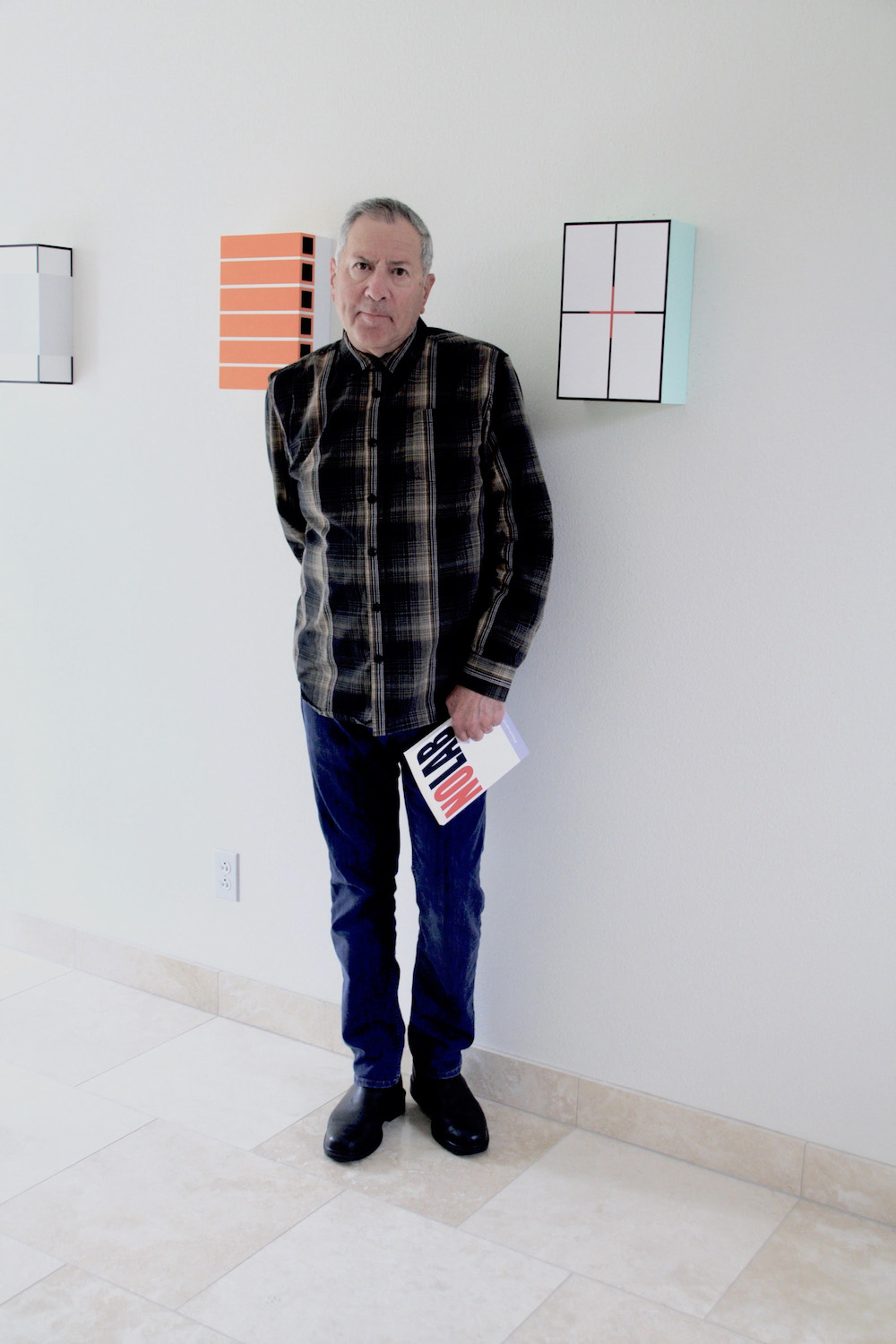NoLab
By Richard Roth
232 pages
Owl Canyon Press
Being a voracious reader of contemporary fiction with a particular interest in mystery novels, thrillers and mysteries about artists and art thefts, I was excited to happen upon Richard Roth’s novel NoLab (2019) earlier this year. NoLab recounts the story of two artists hired to search for the collective, NoLab, that has mysteriously disappeared. What I liked most about the book was how Roth got it right and was able to construct a thrilling read that presented the contemporary art world in a thoughtful and believable way.
I contacted Roth after finishing NoLab, to tell him how much I liked his book and how I appreciated his insights.
JODY ZELLEN: Can you talk a little about the inspiration for the different artworks described in the book? Early in his career, the protagonist Ray Lawson, created pills that were works of art that altered perceptions but now he makes more traditional paintings. NoLab’s project took its point of departure from Hans Haacke’s Shapolsky project while Ray’s cohort, Victor Florian’s works received their due after his death.
Richard Roth: One of the thrills of writing NoLab was the opportunity to invent the various works of art made by my characters. As one who has spent his life involved with all things visual, alone in a silent wordless studio, writing fiction was a shocking and intoxicating adventure, a medium in which I could create dangerous and massive works of art, impossible to actually realize in this world. And, as a reductive abstract painter, I stand in awe of writing as the ultimate reductive medium. With those 26 little letters of the alphabet, one can build skyscrapers, as well as the people who live in them!
Ray Lawson’s early work, as well as NoLab’s, are somewhere between conceptual and performance art. How far can artists take such things as death and mind-altering drugs and still be considered art? Do you feel freer writing a work of fiction than thinking about making the works?
It seems to me that we are living in a time in which almost anything can be considered art; whether something is or is not art might just finally depend on the absolute conviction of the maker. I’m certainly not advocating an art that is immoral or infringes on the rights of others, but as a writer, presenting extreme practices invites readers to consider ethical issues, and it does so, hopefully, with some energy and flair.
How does being an artist and writer yourself come into play in the book? Did it give you special insight into your character?
I have been a painter since my undergraduate days at Cooper Union, then much later, beginning in 1996, my practice became more conceptual—creating collections of contemporary material culture. I returned to painting in 2006 with a renewed and revitalized interest, fueled by Conceptualism and informed by Postmodern attitudes. The trajectory of my studio practice resembles the career of Ray Lawson, my protagonist, but with a hell of a lot less drama. So, yes, I can’t imagine how I could have created the characters in NoLab without a life spent painting and teaching.
Are any of the characters in NoLab based on specific artists? Hybrids of multiple artists?
Hybrids of multiple artists! During my years teaching painting to graduate students, a number of them have incorporated aspects of performance, conceptual art and relational aesthetics into their work. I must admit that I enjoyed and encouraged some unruly and disruptive student practices. Occasionally, an especially iconoclastic student would come all too close to performing an unethical or illegal action. On these occasions, I would wonder what would happen if a student went too far, I mean really too far. This recurring thought was the inspiration for NoLab. The novel was my chance to create a fictional artist’s collaborative hellbent on carrying out a dangerous project, and it was my chance to talk about an art world that is at once both nonsensical and magical, and it was my chance to have some fun along the way.
Do you have plans to write another art novel?
I began writing a second novel shortly after NoLab’s publication. It’s not focused on the art world, but close enough—the protagonist is an architect. Though the novel (working title: Cooper) touches on issues concerning architecture, after four years of Trump and a year of COVID, Cooper is morphing into the sad and angry story of a man besieged.


